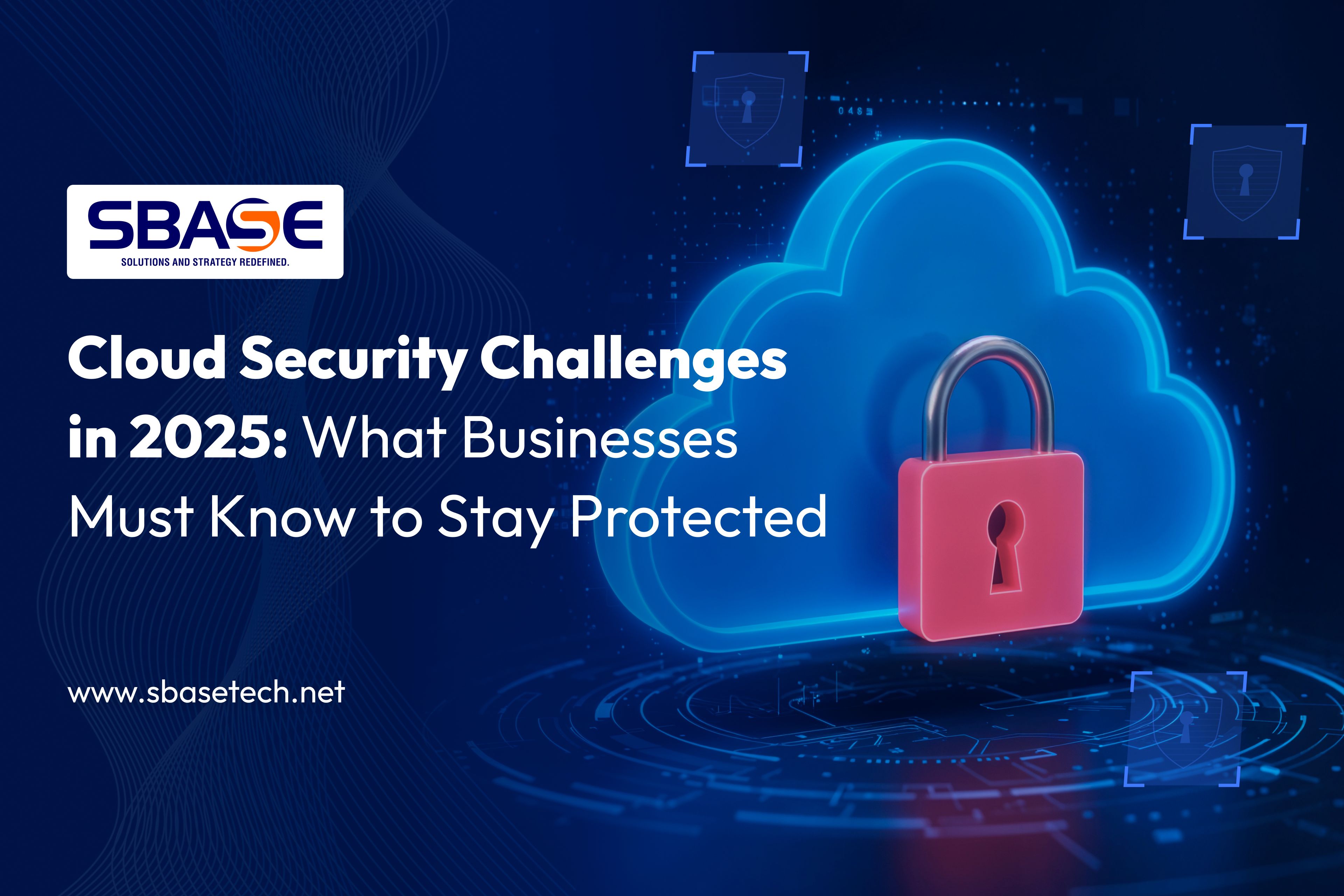

As cloud adoption continues its rapid surge in 2025, businesses face an evolving landscape of security challenges. While the cloud offers unmatched flexibility, scalability, and innovation, it also expands the attack surface and introduces new vulnerabilities. This blog explores the top cloud security challenges organizations must address this year, drawing on insights from leading IT consulting firms and industry experts.
1. Growing Complexities and Expanding Attack Surfaces

Cloud environments are more complex than ever. Organizations use hybrid and multi-cloud infrastructures spanning AWS, Azure, Google Cloud, Oracle Cloud, and more. This variation increases the difficulty of maintaining consistent security policies and limits visibility, leaving gaps attackers can exploit.
According to the 2025 State of Cloud Security Report, 32% of cloud assets remain neglected-unmonitored or unsecured-with an average of 115 vulnerabilities per cloud asset. Misconfigurations, outdated resources, and excessive permissions exacerbate risks and create pathways for lateral movement across cloud environments.
2. Identity and Access Management Risks

Compromised credentials remain a leading source of cloud breaches. Attackers exploit stolen passwords, often obtained through phishing or purchased on the dark web, to bypass defenses. Studies show that over 600 million identity attacks occur daily, with more than 99% using password-based methods.
To combat this, businesses must adopt multi-factor authentication (MFA) and transition toward passwordless authentication methods like passkeys. Advanced identity protection tools leveraging AI-driven anomaly detection are critical to proactively intercept malicious activity.
3. Misconfigurations and Human Error

Gartner predicts that by 2025, 99% of cloud security failures will be the customer’s fault, largely due to configuration errors. Poorly configured interfaces, APIs, and cloud permissions create vulnerabilities that threat actors exploit.
Addressing this requires continuous monitoring, automated security validation frameworks like Cloud Security Posture Management (CSPM), and staff training to reduce human error.
4. Rising Threats from AI and Automation

The integration of AI in cloud infrastructure-while enhancing security monitoring-also introduces new vulnerabilities. Organizations increasingly face risks from AI-related software vulnerabilities, which can allow remote code execution or unauthorized data access.
Prioritizing secure AI deployment, vulnerability management, and real-time patching protocols is becoming an essential part of cloud defense strategies.
5. Data Protection and Encryption Challenges

With cloud data volumes swelling, safeguarding sensitive information is more vital than ever. Recent studies reveal that 54% of cloud data is classified as sensitive, but only 8% of organizations encrypt 80% or more of their cloud data.
Robust encryption, both at rest and in transit, combined with data loss prevention (DLP) solutions and stringent access controls, should be foundational security elements in any cloud adoption plan.
6. Complex Compliance Landscape

Regulators worldwide are tightening data privacy and cloud security compliance requirements (GDPR, CCPA, HIPAA, etc.), increasing business pressure to maintain comprehensive audit trails and transparent data governance.
Cloud security strategies in 2025 demand investments in compliance management tools that automate reporting, validate controls, and help companies stay ahead of evolving regulatory changes.
7. Skills Shortage and Talent Gap

The demand for cloud security expertise is growing faster than supply, leaving many organizations struggling with under-resourced security teams. This skills gap heightens the risk of misconfigurations and delayed threat detection.
Partnering with leading IT consulting firms or managed security service providers (MSSPs) that specialize in cloud security can provide critical expertise and 24/7 monitoring capabilities.